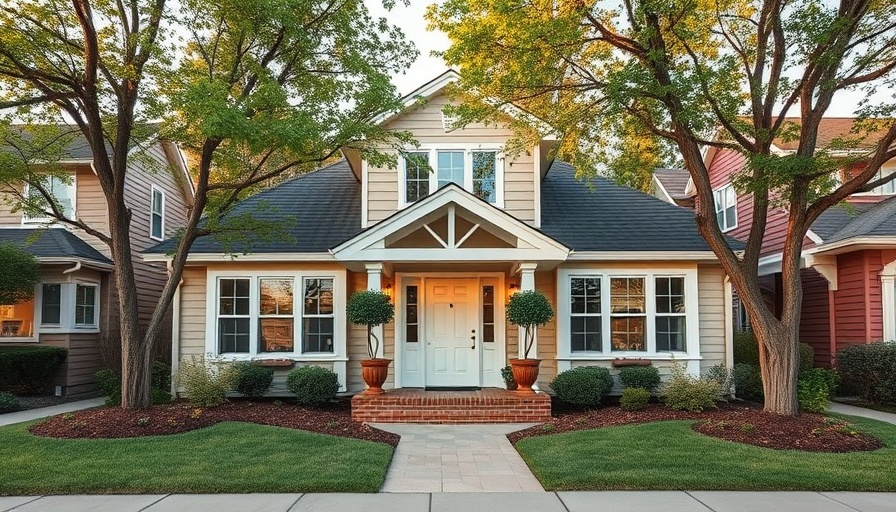
Understanding Primary Residences: The Basics
Your home isn’t just a roof over your head; it’s a critical financial asset that shapes your future. Recognizing what constitutes a primary residence—especially when compared to second homes and investment properties—is vital for homebuyers. The IRS defines a primary residence as the dwelling where you spend most of your time, which also serves as your legal address. This designation influences your mortgage options and tax liabilities significantly.
Why the Classification Matters
Classifying your home as a primary residence opens the door to government-backed loans, potentially lower interest rates, and various tax benefits unavailable for second homes or rental properties. Mortgage lenders prioritize the primary residence because it is considered a low-risk investment—after all, homeowners are likely to fulfill mortgage obligations on their personal living space first, even amid financial challenges.
IRS Guidelines: Navigating the Requirements
When you seek a mortgage loan, lenders will evaluate whether the property is classified as a primary residence. According to IRS guidelines, you need to demonstrate that this is indeed your home for the majority of the year. The criteria include having your address listed on government-issued documents like your driver’s license, tax returns, and using it as your mailing address. It's essential to maintain this status at least for a year after closing to avoid it being regarded as an investment property.
What This Means for Mortgage Rates
Understanding the distinction between a primary residence and other property types can yield significant financial returns. If you secure a home loan on your primary residence, you can expect lower interest rates than if you were purchasing a second home or investment property. On average, lenders charge about 0.25% to 0.75% more on homes classified as second residences or investments due to the perceived increased risk. This difference can drastically affect monthly payments and overall loan costs.
Income Implications: Tax Benefits and Considerations
Your primary residence also affects your tax situation. Mortgage interest on your primary home may be tax-deductible, which is not generally the case for second homes or investment properties. Additionally, capital gains tax exemptions apply when you sell your primary residence, provided certain criteria are met. This means you can realize tax savings that contribute significantly to your financial planning.
Comparative View: Primary vs. Investment Properties
Real estate investors often weigh options between primary residences and investment properties. Investing in rental properties can offer a continuous income stream but comes with its own set of risks and responsibilities. Conversely, a primary residence grants immediate benefits and stability. For potential homebuyers, understanding these nuances can guide their decisions in the real estate market.
The Bottom Line: Informed Decisions Matter
For aspiring homeowners, knowing what qualifies as a primary residence is essential. As you navigate the housing market and explore Redfin, Zillow, or Trulia for homes for sale, keep in mind how the classification affects your financing and taxes. With the right knowledge, you can make informed decisions that empower your real estate journey.
Whether you're hunting for new construction homes or looking into real estate investment opportunities, stay savvy about your living arrangements. Being well-informed about your primary residence can help you optimize your mortgage rates and tax benefits, contributing to a brighter financial future.
For more insights and guidance on property purchasing, don’t hesitate to consult with a real estate agent who can help you navigate the intricate world of real estate.
 Add Row
Add Row  Add
Add 




Write A Comment